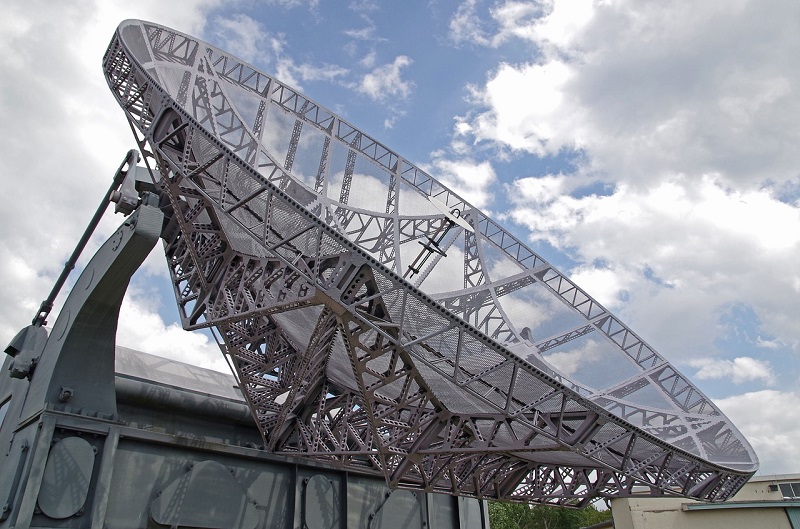On August 23, Bethesda, MD-based Lockheed Martin announced that it has invented a new type of satellite dish technology with a wide range of use on satellites and ground terminals, including space-based 5G. The Wide Angle ESA Fed Reflector (WAEFR) antenna is a hybrid of a phased array Electronically Steerable Antenna (ESA) and a parabolic dish, and increases coverage area by 190% compared to traditional phased array antennas at a much lower cost.
This antenna is part of a larger research and development investment in 5G.MIL technologies that will optimize and securely connect warfighting platforms to enable joint all-domain command and control (JADC2). Lockheed Martin is uniquely positioned, leveraging commercial best practices, strong partnerships, a broad supply chain and leadership expertise, to bring 5G connectivity and capabilities to the defense community rapidly and affordably.
“We adopted a commercial mindset to quickly mature this technology and discovered there were multiple use cases and applications that could benefit from this new hybrid antenna,” said Chris Herring, vice president of advanced program development at Lockheed Martin Space. “5G.MIL technologies like this will bring greater connectivity, faster and more reliable networks, and new data capabilities to support our customers as they navigate the complexity of 21st century battlefields.”
The team rapidly prototyped, tested and validated this system in a matter of months compared to what previously took years. This type of antenna will also benefit the broader communications and ISR communities by providing a more reliable scanning solution compared to gimbaled designs.
“The primary benefit of the WAEFR approach is accomplishing more mission with fewer resources,” said Thomas Hand, Ph.D., associate technical fellow at Lockheed Martin Space. “While state of the art ESA solutions can address more demanding link performance, capacity, and data rates using multiple agile analog beams, they do so at a premium.”
Source: Lockheed Martin







